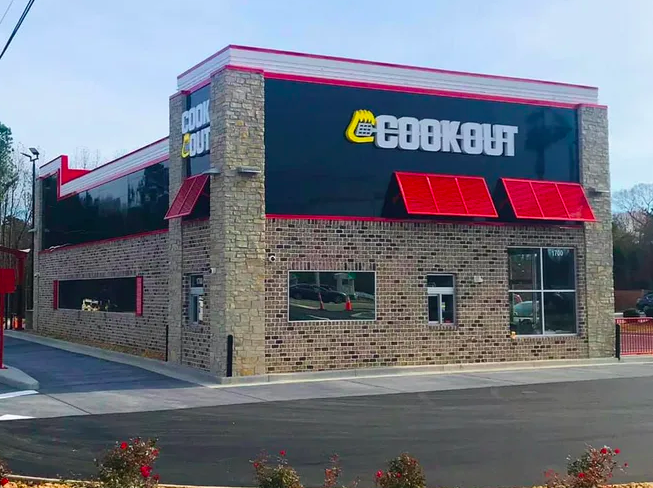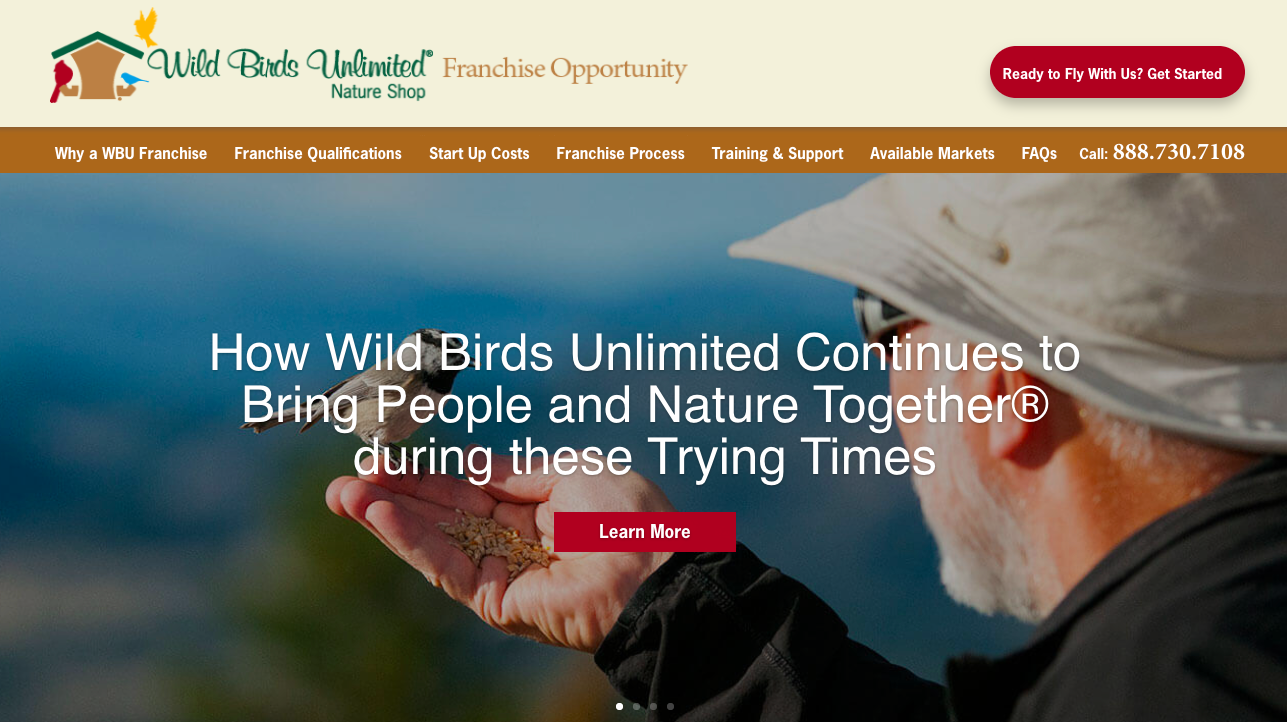Does your local food truck vendor association overlook the need to build the power of their own organizations while struggling to win on public issues? For example, if a local group sets a goal to force the county government to ease restrictions on food truck parking locations, the group might move right into action without taking stock of its resources and making a plan to expand resources while working on the issue.
As a result, volunteers get tired out, the bank account shrinks, and the staff, if any, feels insecure about staying employed. Instead of celebrating a victory or re-grouping after a defeat, the group falls apart, its key leaders exhausted.
Today we’ll walk you through the best way to use or build a strong food truck vendor association.
Building A Strong Food Truck Vendor Association
A better alternative to the example above would be to both realistically and aggressively increase your organization’s resources while working toward your issue goal. Most food truck associations have limited resources. Take stock of the resources you have when you begin your campaign and make a commitment to end the campaign with more resources than you started with.
Membership
Members are the greatest resource of a food truck vendor association. There is no better time than a major issue campaign to increase the number of people in your organization.
RELATED: Make Your Food Truck Organization Meetings Worthwhile
Core Leadership
These are the people who give freely of their time and money their food truck vendor association. They attend most meetings and are often the spokespeople for the organization, but more importantly, they talk to many people outside the organization about what you are trying to do. They contribute money to the extent their financial circumstances allow, and solicit or donate other resources such as food for meetings, office supplies, stamps and photocopies.
Before you start your campaign:
- Make a list of the people in the core leadership of your group.
- Set a goal to increase the core leadership in your group by a specific number during the course of your campaign, and set a goal to increase the diversity in this group. You should end the campaign with more core leaders than you started with, even if a few drop out along the way. If your organization doesn’t plan to increase core leadership, it will shrink or die out over time.
- Make a list of the tasks core leaders will carry out during the campaign. For example:
- Keep track of strategy;
- Speak at meetings of other groups;
- Hold press conferences; and,
- Negotiate with the decision-makers who can deliver what you want (50 new units of affordable rental housing).
- Then think of new people you can ask to do one or more of these tasks. Make space for them to grow into the role of core leaders. Ask them to do specific tasks. If they complete a task, ask them to continue and take on more.
Active Members
These are the people who contribute to the organization’s efforts but have not served in the core leadership. You will find some of your best candidates to move into the core leadership in this group.
-
- Make a list of your active members and check it over for potential people for the core leadership. Keep in mind your diversity goals. Ask these people to take on a specific core leadership task.
- Make a very specific list of tasks the active membership needs to do to move your issue campaign forward. For example:
- write one letter to the editor by March 1st
- call in to the local radio talk show on March 10th at 7:30 a.m.
- attend the County Board of Supervisors meeting March 15th
- call 10 people and ask them to attend the Supervisors meeting
- ask three new people to join the organization
Then ask active members to do one task on the list. When they finish it, ask them to do another. Too often, groups rely on their core leadership to do all the work. Core leaders have to be relentless in asking active members to take on specific tasks. It’s the most effective way to keep members involved and identify potential core leaders.
Potential New Members
- Set a goal to recruit a specific number of new members during the course of the campaign, and monitor your progress at least once a month.
- Active members need to ask neighbors and people at work, school, church, social and sports clubs to join the organization, make a financial contribution, and take on specific tasks.
- Don’t overlook the possibility that brand new members have core leadership potential, especially if they have a strong interest in the issue. If new members are reliable in carrying out active member tasks, think of a core leadership task for them to try, and ask them.
Allies
Allies are people who support your organization’s issue goal, and can help in concrete ways, but may not want to become active members in your organization, usually because they’re already active in other organizations.
- Make a list of organizations that would support your issue goal and recruit them as allies.
- Set a goal to recruit a specific number of new allies for your campaign. Then ask them to make specific contributions. For example, will the Chamber of Commerce invite one of your core leaders to speak on your issue at their next monthly meeting?
Money and Donated Services
- Make a budget for how much your campaign is going to cost, and a plan for raising all of it plus at least 25 percent more. You should end your campaign with more money than you started with.
- Don’t overlook donated supplies and services. If you think you’ll need 0 to cover printing and postage, ask allies to contribute a ream of paper and a roll of stamps.
- Use every meeting and event to raise money. Pass the hat at large events and ask people to contribute any change they can spare from their pockets. Keep a tally board that shows how much you have raised and how much you have spent.
- Look for new donors all the time. Set a goal to attract a specific number of new contributors and ask active members to work on achieving this goal.
Media
Most food truck associations complain about poor media coverage of their work.
- Before you start your issue campaign, list your media contacts and set a specific goal to get coverage in media that haven’t covered your work before. If you already get newspaper coverage, branch out into radio and cultivate some new contacts.
- If you have a local television station that never covers your group, target them for coverage in this campaign. Ask active members to call that station and ask why your meeting wasn’t covered on the 11 o’clock news. This helps expand your long-term ability to reach the media and provides a concrete, valuable task for even the newest member to do.
RELATED: DIY Media Relations For Your Food Truck Business
Information and Analysis
A food truck vendor association needs accurate information in order to carry out campaigns. Sometimes a core leader or staff person takes responsibility for doing the group’s research. Use a new issue campaign as an opportunity to expand your sources of information and the number of people involved in this aspect of the work.
- Assess your research needs and possible ways for meeting them.
- Contact local, state and national advocacy groups that focus on your issue. Find out if they provide direct assistance with locating and verifying information that will help your campaign.
- Contact local colleges and find out about internship programs. Could you make use of a student or two for several hours a week to track down information you need, verify facts, or put information into useable formats, like fact sheets, fundraising letters and handouts for meetings?
- Sometimes groups have no trouble finding information, but need help analyzing or interpreting what the information means. Would it help to have an accountant take a look at the county’s books and verify that the money you need for new housing units is sitting in a housing development fund? Would it help to sit down with a former member of the Board of Supervisors and go over the fine points of how the Board works before you meet with them?
Take advantage of your opportunities to make new contacts that not only have access to useful information, but who can help you understand what the information means. They can help you win your current campaign, and continue to help with new campaigns in the future.
RELATED: Starting A Food Truck Organization
The Bottom Line
Before rushing into action on your new issue, make a commitment to build the long-term power of your food truck vendor association. It only takes two or three hours for a core leadership group to develop a plan of action for building organizational power over the course of an issue campaign. And those few hours will determine whether you just get by, fizzle out, or grow in strength and numbers.
If you have more questions about food truck associations be sure to reach out the the National Food Truck Association. They are group of local and regional associations built to strengthen the mobile food industry across the country.




